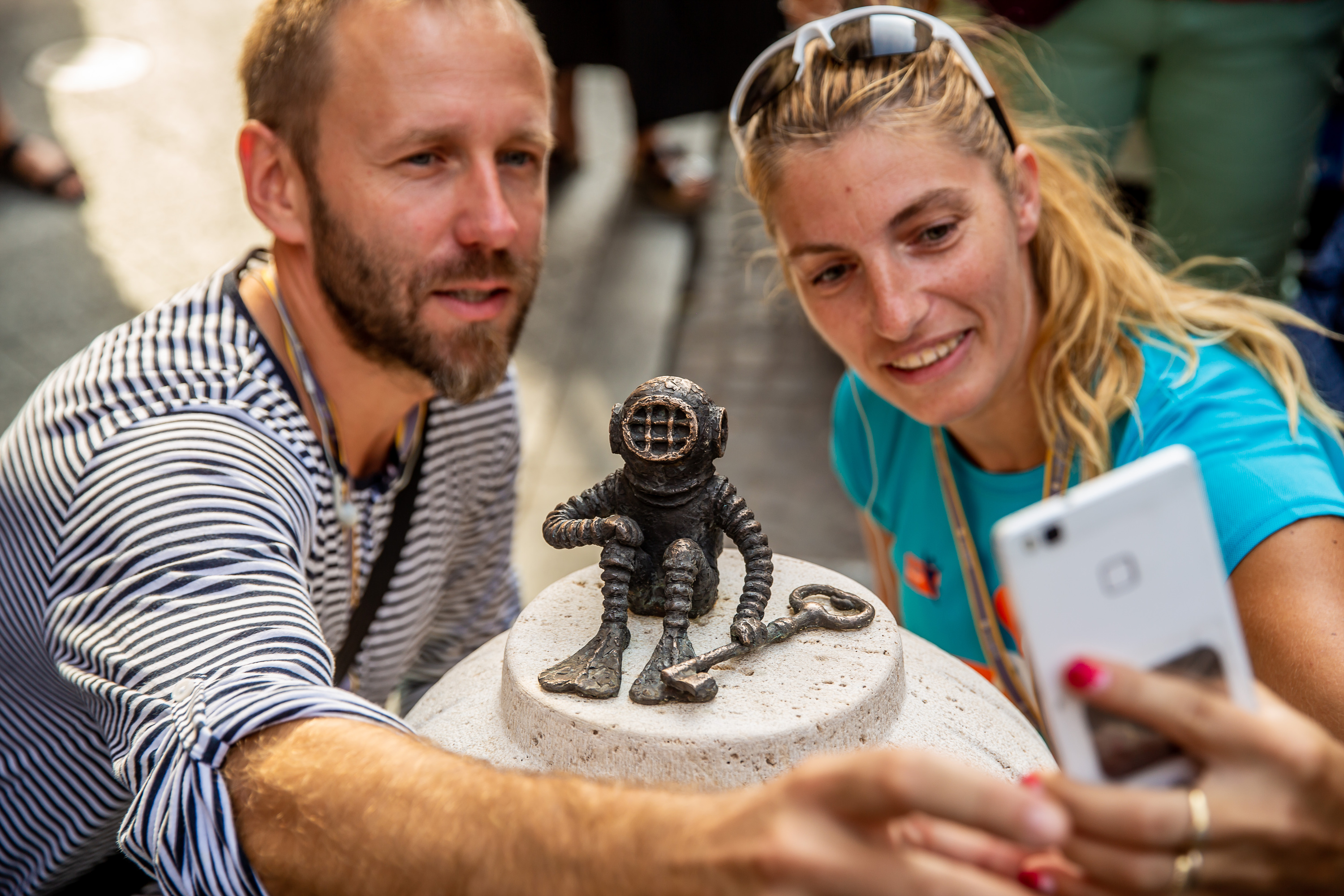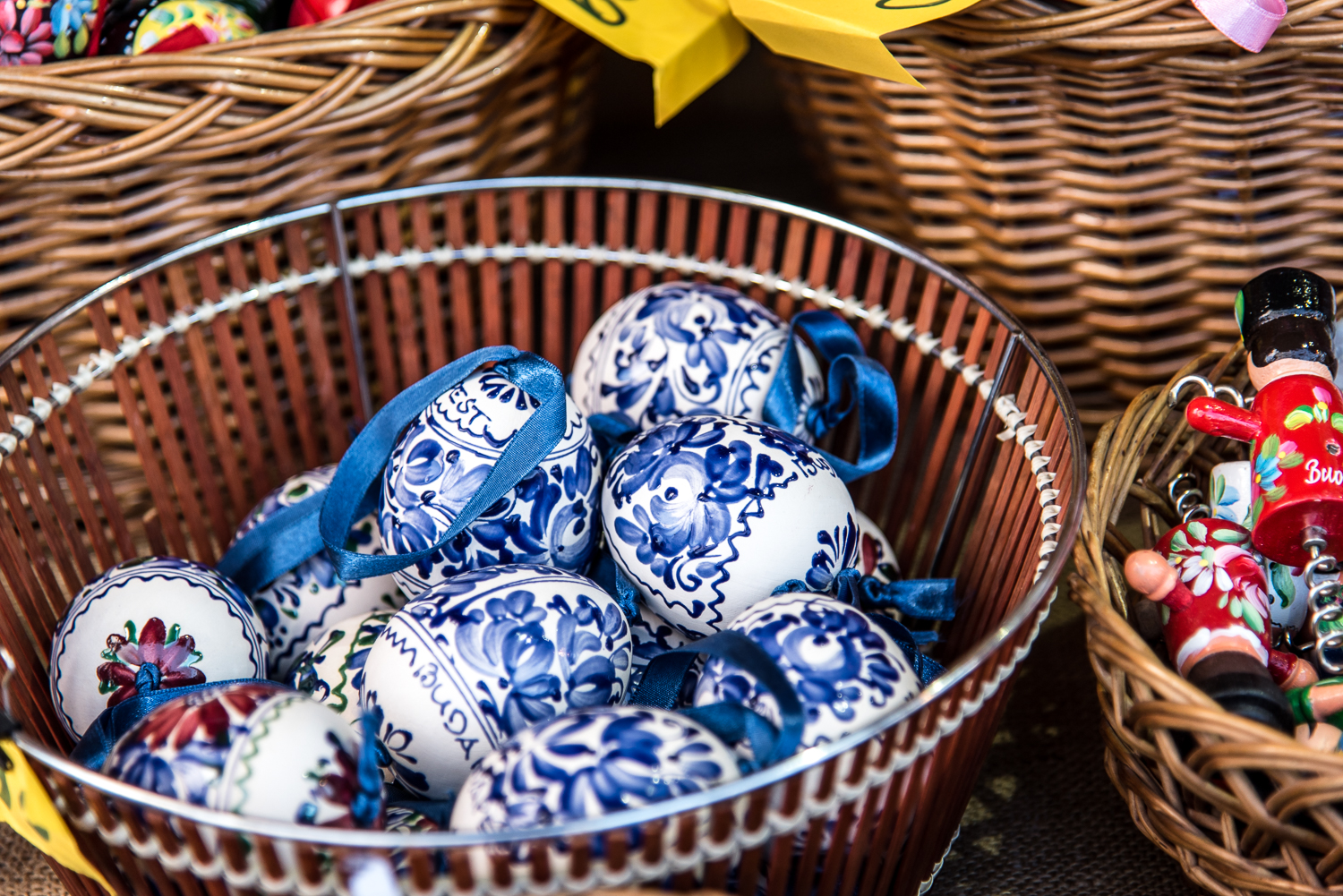Budapest loves Mihály Kolodko and his statuettes, placing flowers at the hooves of clumsy goat Mekk Elek on Széll Kálmán tér and putting a scarf around the fisherman on Bem rakpart. Until now, apart from a miniature likeness of Harry Houdini for a local art centre, Kolodko has left his works at completely random places, and at random times. The last one we reported on was the kidnapping of Lisa Simpson.
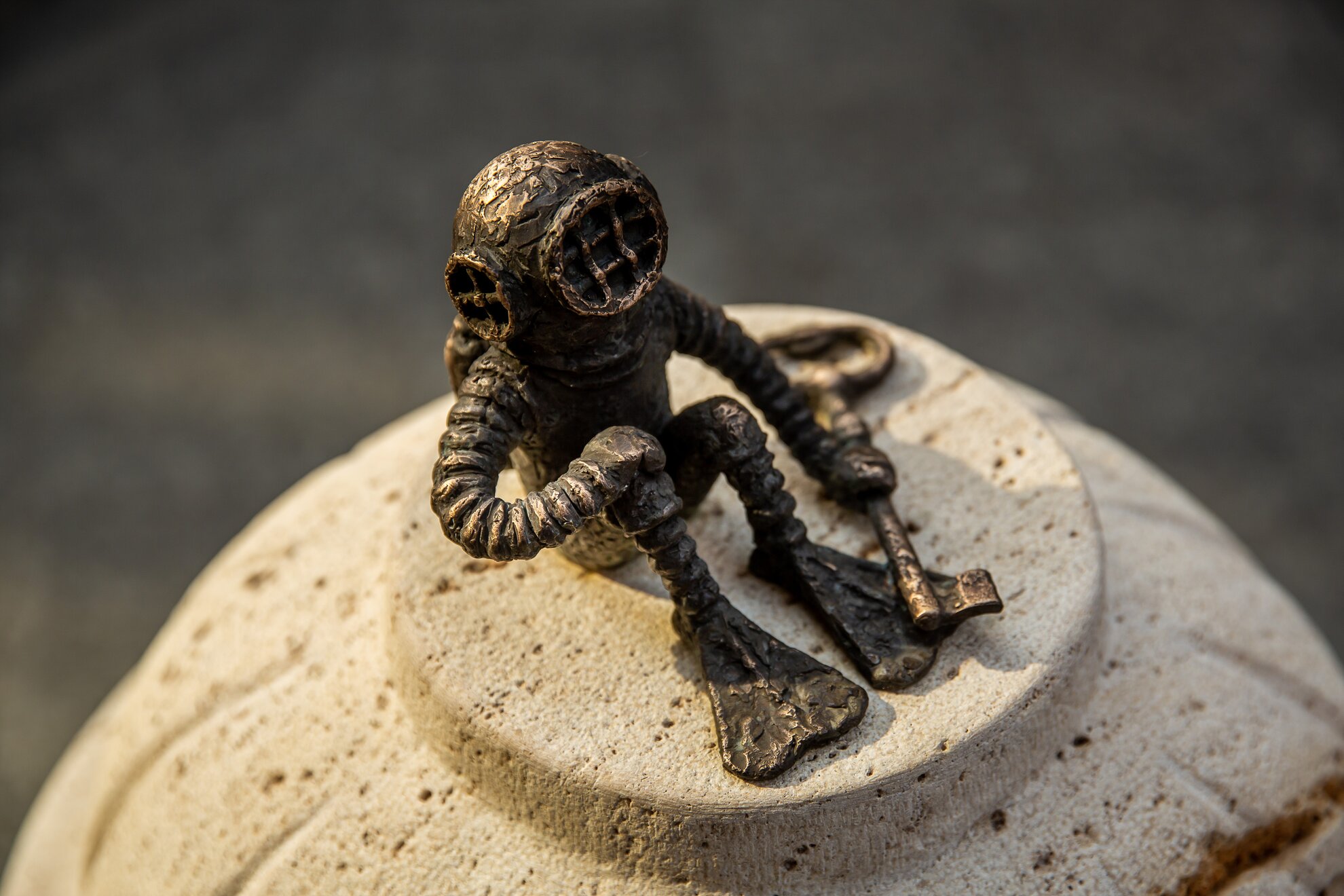
At the intersection of Dohány and Osvát utca, you can now see the first of three new Kolodko works, based on the legend of the New York Café. Myth has it that, after it opened, playwright Ferenc Molnár solemnly threw the key of the café into the Danube so that it would never close again. Now a diver sits atop a fire hydrant, key in hand, as if just having salvaged it from the water.
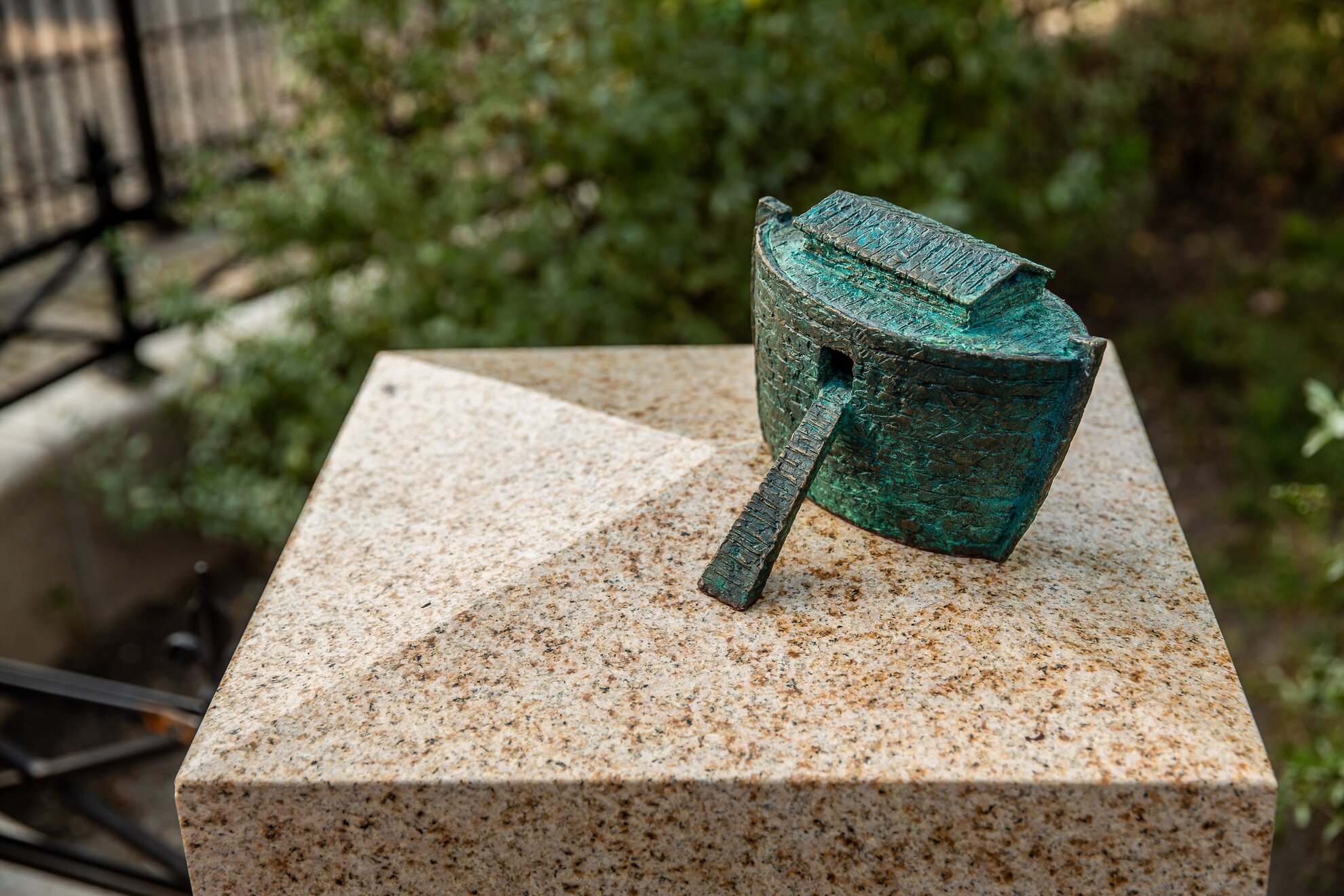
The next one is by the University of Veterinary Medicine, where the sculptor has created Noah’s Ark in bronze, with a small hole you can peek through. The infiltrating light turns the windows into a rainbow, referring to the moment when the endless rain stopped and a rainbow signalled the end of the flood.
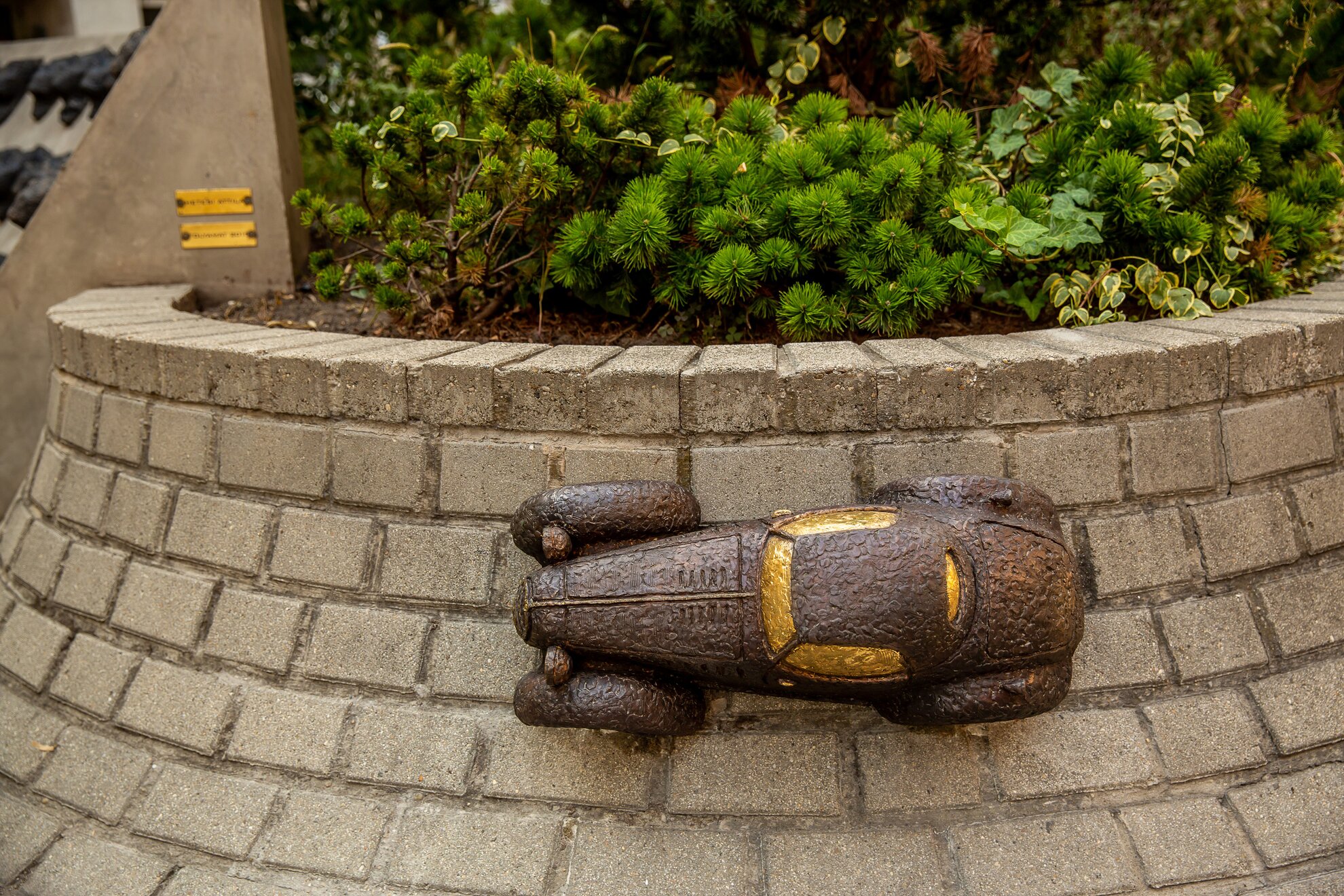
And on Hevesi tér by the Magyar Theatre – near the birthplace of adventure writer Jenő Rejtő – a 14-carat roadster sparkles with plating of real gold and honours a revered book in the Rejtő canon.
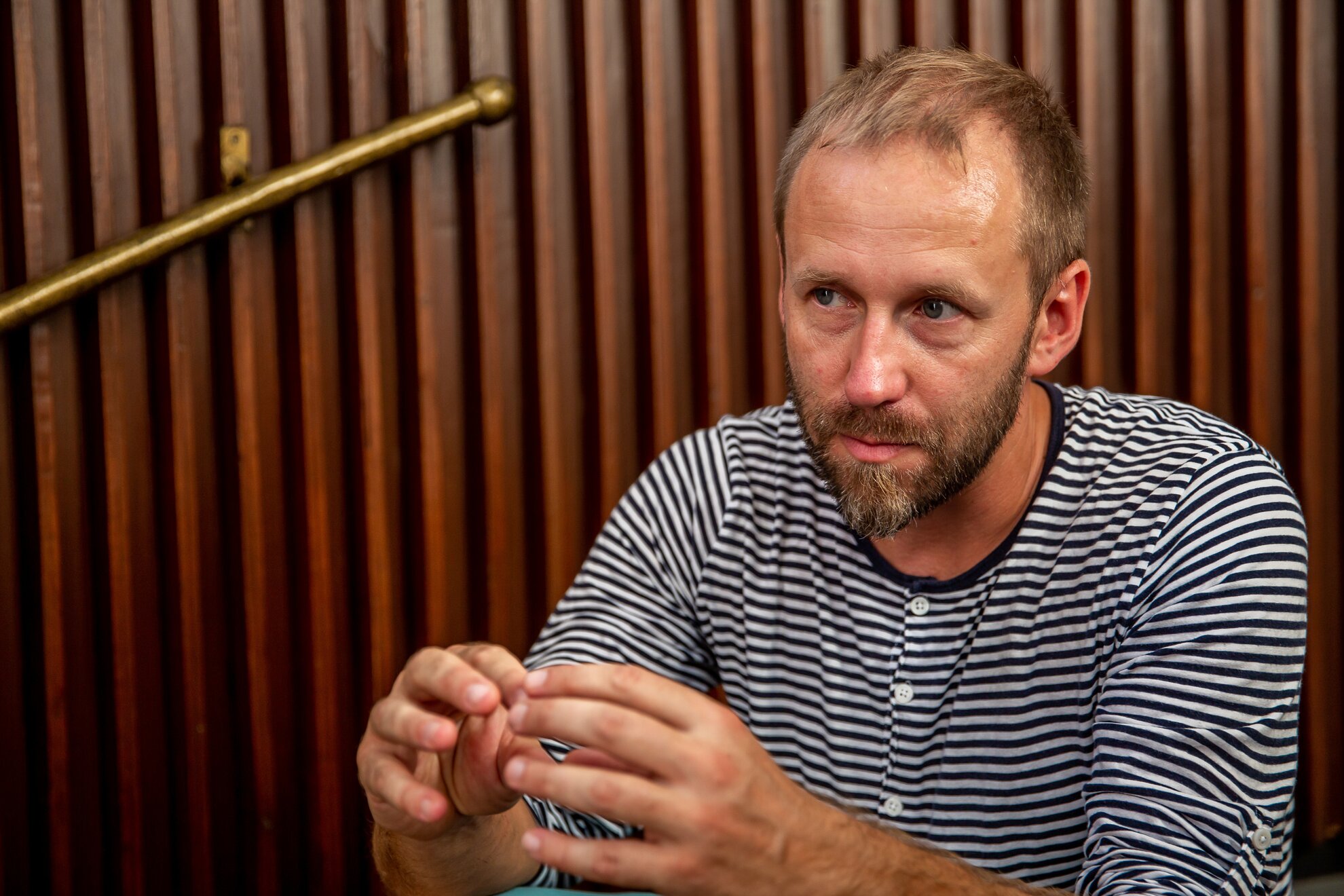
As Kolodko explained on his tour of District VII, he and his wife moved to Budapest to raise their children in a Hungarian-speaking environment. Interestingly, he started his career with monumental sculptures. In Uzhhorod, just over the border in Ukraine but once part of Hungary, he made life-size statues three metres tall or more. His Holocaust monument, for example, stands at a height of four metres.
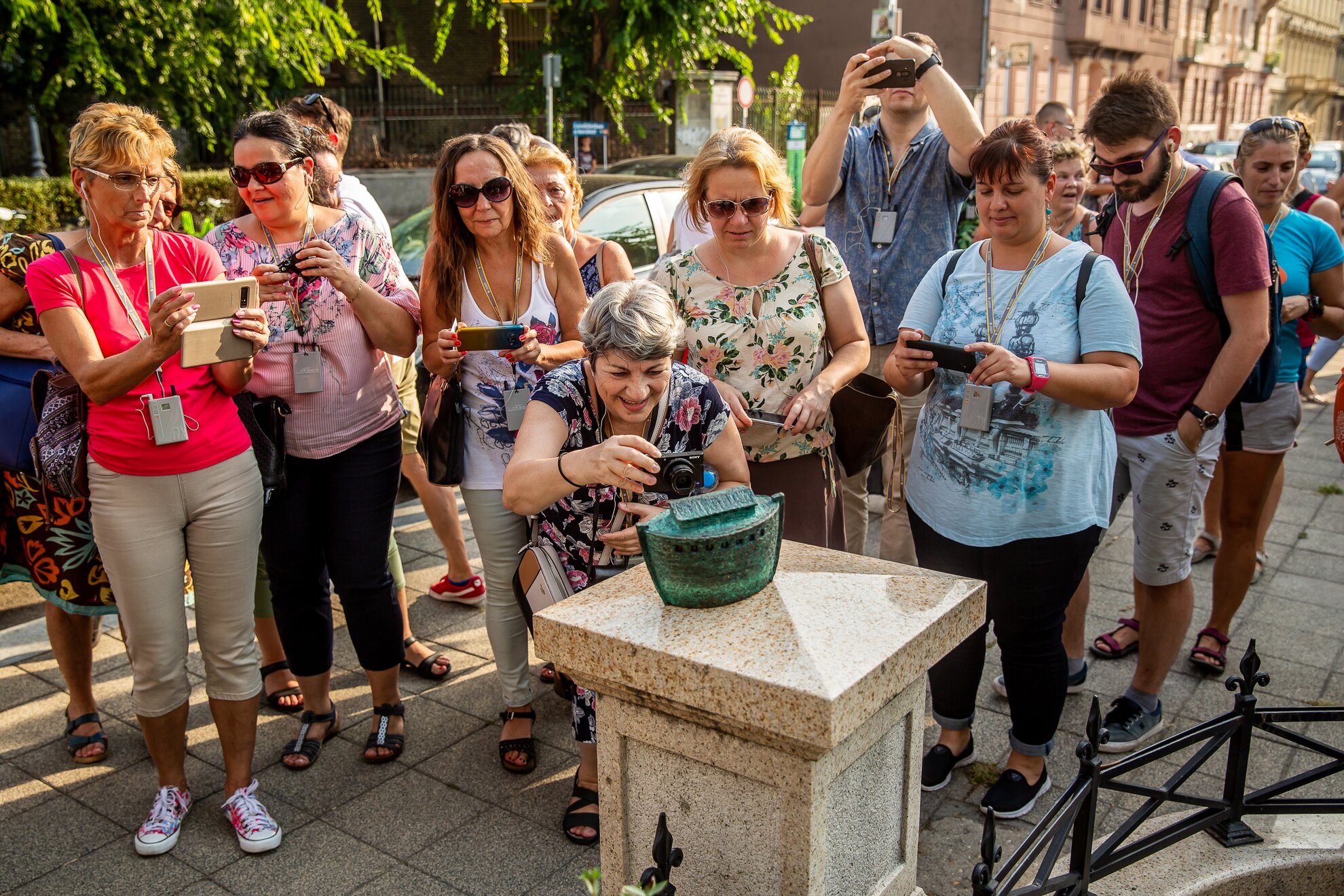
In addition to guerrilla sculpture, Kolodko creates public works throughout the country, such around Vác, where his family now live, in Szabolcs-Szatmár-Bereg County, and more recently in Szeged. But he loves the little sculptures because they easily fit into their surroundings and they resonate with passers-by.
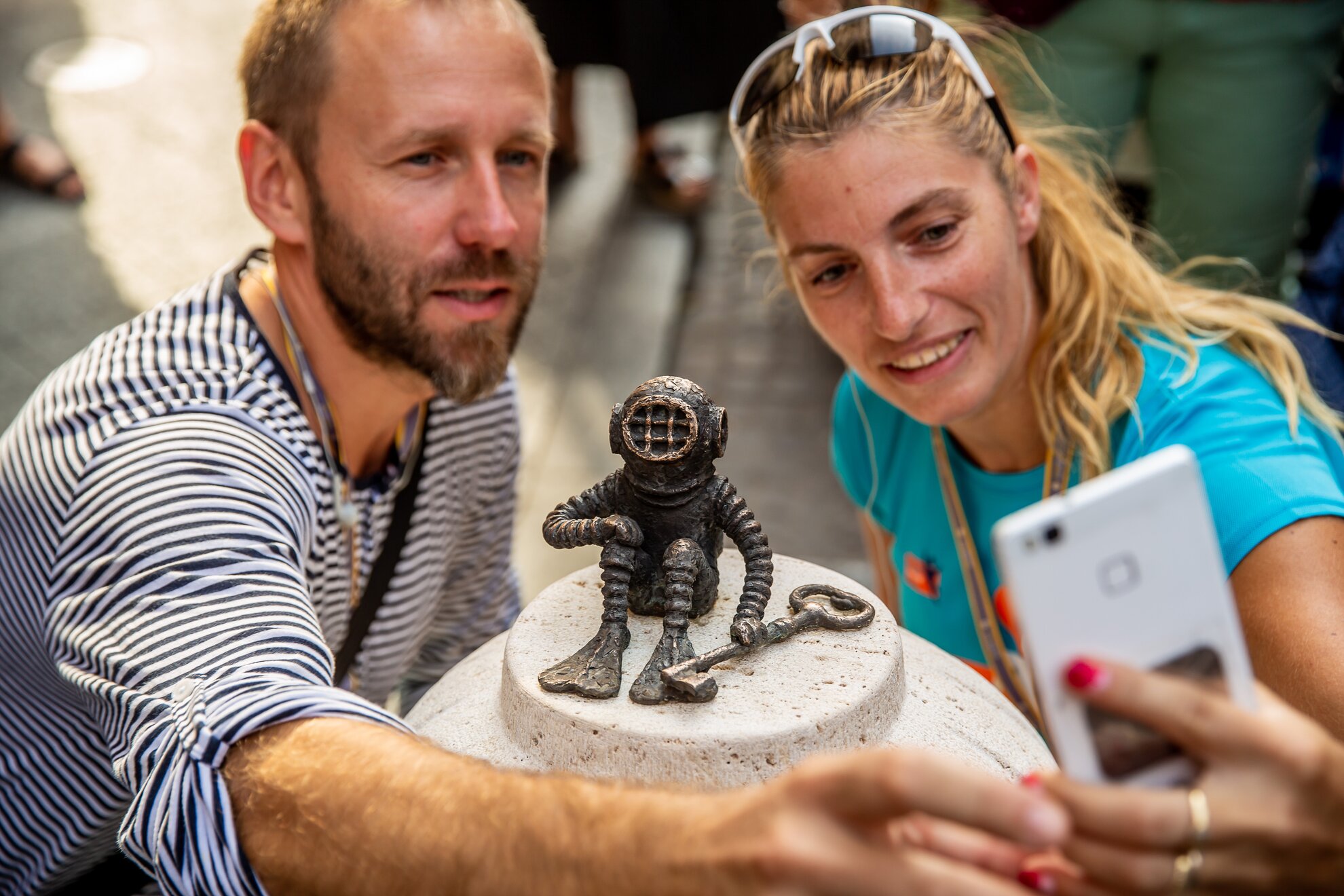
So far no one has contacted the authorities about his guerrilla actions – and Kolodko was actually more worried about the views of the original creators in any case. Where possible, he contacts the artists, who then seem to love his figurines.
